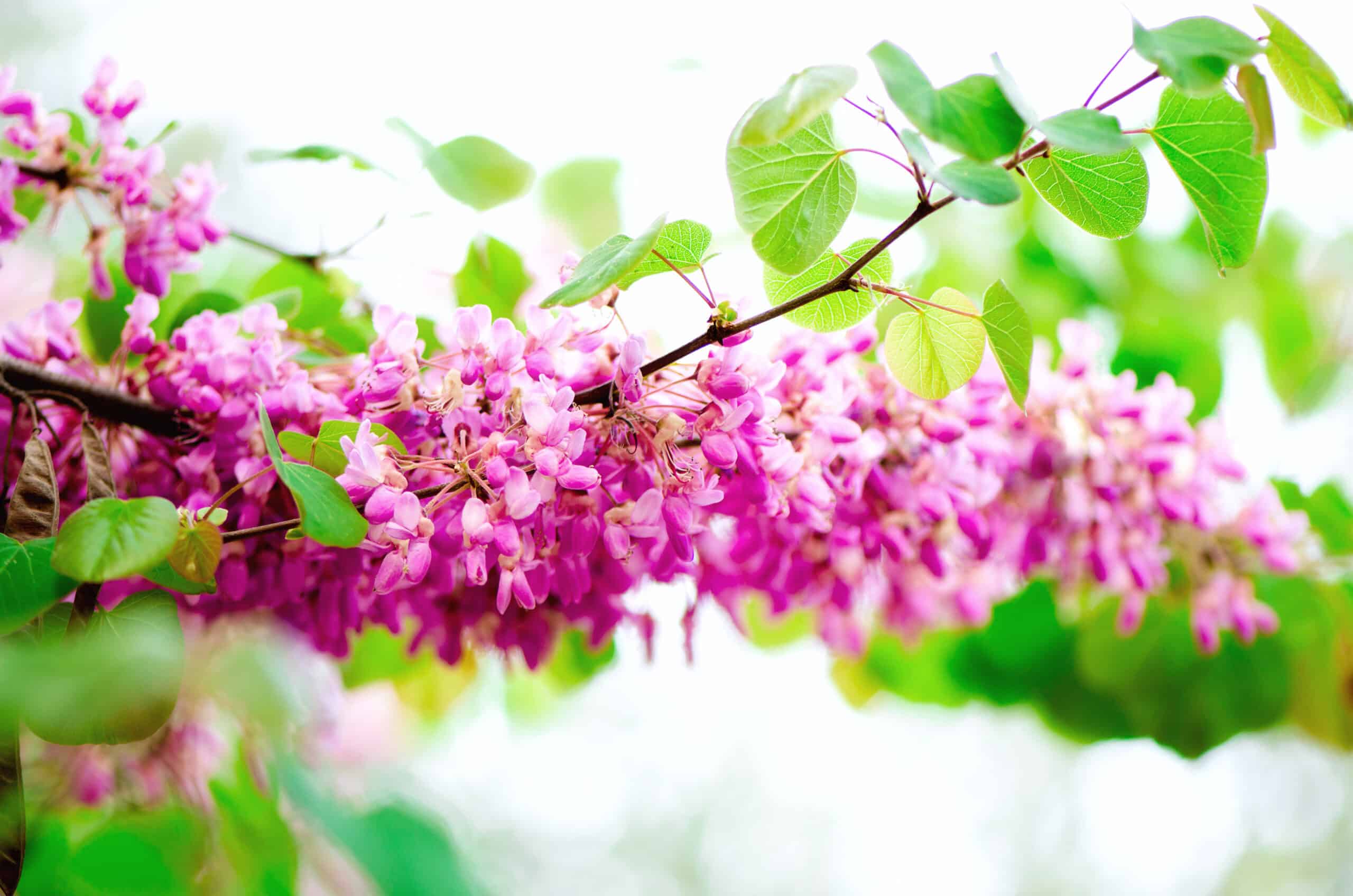With spring just a few months away, now is the perfect time to start thinking about how you can spruce up the exterior of your commercial property. While there are plenty of things to consider when it comes to landscaping, a relatively easy way to make a major change is through the addition of greenery. Small trees are a great choice for adding colour and shade to otherwise drab outdoor spaces; here are some of our favourite options.
Eastern Redbud: Native to North America, redbud trees grow to around 8 meters tall. They are usually multi-trunked and have broad, heart-shaped leaves. This tree offers an abundance of small, pink-purple flowers in the spring, making it an eye-catching choice for properties that have plenty of shade and rich, well-drained soil.
Flowering Dogwood: Dogwood is a familiar sight in southern Ontario. It can grow up to 10 meters and has plenty of visual interest, with white flowers in the spring and red bark and berry-like fruit in the fall. Light shade or full sun is preferred, in addition to well-drained soils with slight acidity.
Ohio Buckeye: Despite the name, Ohio buckeye isn’t just found in Ohio, and though it is much more common in the Midwestern United States than in Canada, it can still thrive in Ontario’s climate. This tree has a height ranging from 9 to 15 meters, unique compound leaves, and clusters of yellow-green flowers. While buckeye is not quite as showy as dogwood or redbud, it’s still a solid option for sites with moist soil and partial shade.
Chokecherry: With white flowers that turn to shiny, colourful fruits when pollinated, chokecherries may only attain the size of a small shrub in colder climates, but in warmer conditions, such as those in southern Ontario, heights of up to 9 meters are possible. This tree can tolerate moist to average soil and accepts anything from light shade to full sun, making it an adaptable choice for a variety of landscapes.
Serviceberry: Serviceberries are found throughout Ontario. While height depends on the variety of serviceberry, all offer plenty of colour: pink-white flowers in the spring that abundantly cover the branches, and edible, dark blue berries in the summer that turn bronze-red when fall arrives. These trees are easy to grow, as they can adapt to many light and soil conditions.
Japanese Maple: Unlike the other trees listed here, Japanese maples cannot be found naturally in Ontario. Instead, they hail from Korea, China, and, of course, Japan. However, this tree does well in Ontario provided that it has well-drained soil, a mix of sun and shade, and protection from strong winds and spring frosts that may damage its delicate foliage. Japanese maples typically do not exceed 10 meters in height, and while its flowers are modest, the brilliant colours of the leaves in fall – ranging from orange to scarlet to purple – more than make up for it.
Choosing trees for your commercial property doesn’t have to be complicated, but if you’re looking for more extensive help with revamping your property’s exterior, we’ve got you covered. At Pulse Construction, we’re committed to doing business with an honest, professional, and competitive approach – without compromising safety or schedules. Contact us today for all of your building needs.



